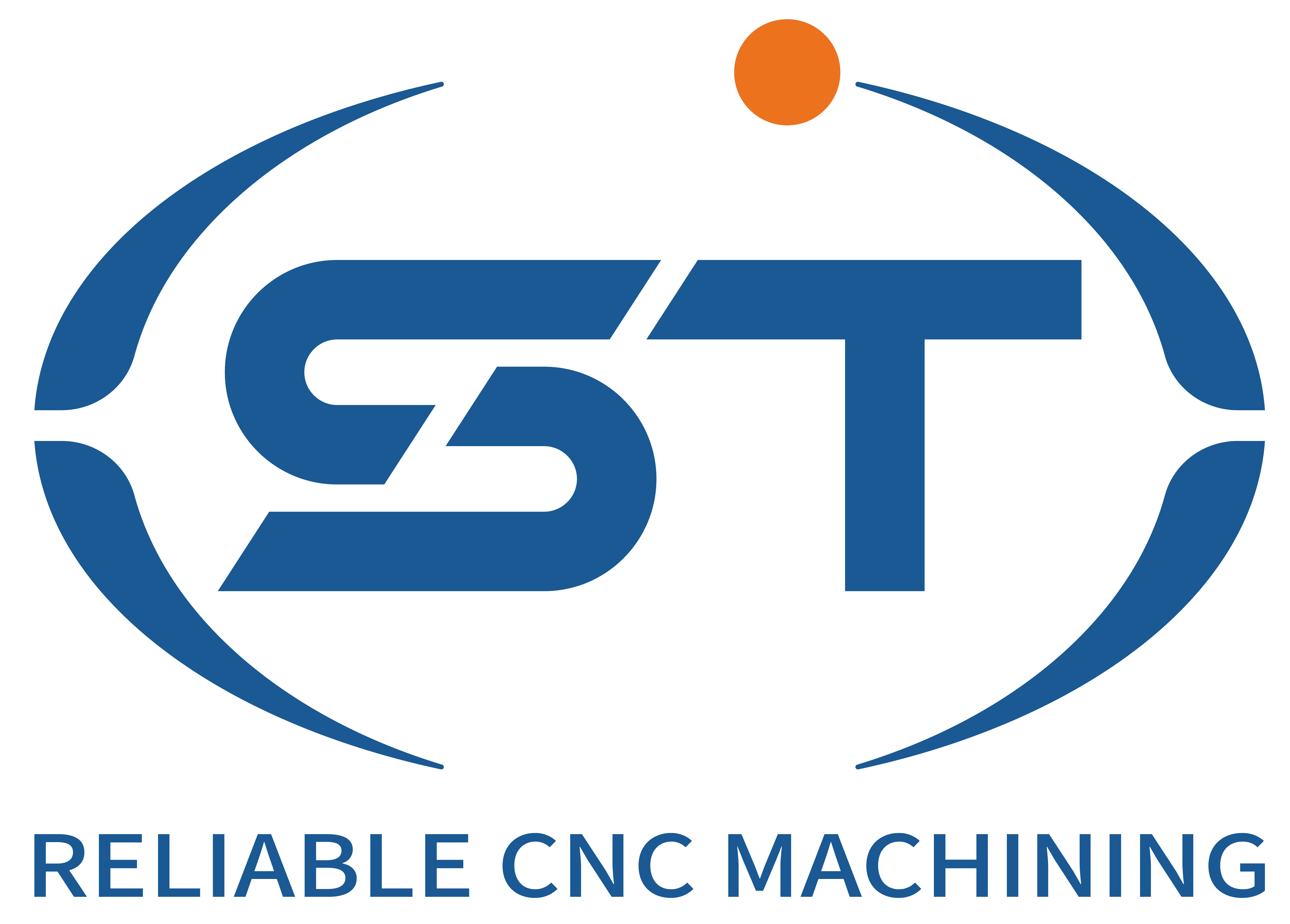Table of Contents
ToggleIntroduction to Simplified Designs
In the realm of Lavorazione CNC, the simplification of designs emerges as a pivotal strategy for enhancing production efficiency. The increasing complexity of parts often necessitates multiple machine setups and extensive tool changes, which can significantly elevate manufacturing downtime and operational costs. By focusing on simplified designs, manufacturers can effectively minimize these complexities, leading to a more streamlined production process.
Simplified designs embrace the principle of ‘design for manufacturability’ (DFM), which encourages designers to consider the practical aspects of machining from the onset. This approach entails reducing intricate features that may complicate the machining process, thereby limiting the necessity for specialized tools and setups. For instance, opting for fewer geometrical intricacies not only eases the manufacturing procedures but also promotes consistency in the final output.
Another crucial benefit of simplifying designs is the reduction in production lead times. Fewer machine setups mean quicker transitions between processes, enhancing workflow and allowing manufacturers to respond more adeptly to market demands. Moreover, with reduced setup times, companies can enjoy improved resource allocation, meaning that labor and equipment can be utilized more effectively, ultimately contributing to a significant cost reduction.
Adopting a simplified approach to designs in CNC machining is not merely about aesthetics or ease; it is a calculated decision aimed at optimizing operational performance. By evaluating design elements critically and implementing changes that facilitate easier machining, businesses can enhance overall productivity and remain competitive in today’s fast-paced manufacturing environment. Thus, embracing the concept of simplified designs serves as a cornerstone for achieving streamlined production and fostering long-term cost-effectiveness in CNC machining practices.
The Impact of Machine Setups on Production
CNC machining, a crucial process in modern manufacturing, faces significant challenges stemming from machine setups. These setups involve configuring equipment for specific production tasks, and when numerous setups are necessary, they can complicate the overall production process. Excessive machine setups often lead to heightened labor costs as operators spend considerable time on adjustments rather than actual machining. This inefficiency can substantially increase the operational expenses associated with the production cycle.
Moreover, extended production times are a direct consequence of multiple setups. Each machine configuration takes time, leading to interruptions in the workflow that can cascade through the entire production environment. When the transition between setups is frequent, the overall lead time for product delivery can extend, undermining the responsiveness that many manufacturers strive to achieve in today’s competitive market.
Additionally, the potential for errors increases significantly with the complexity of multiple setups. Each time a machine is reconfigured, there lies the risk of human error, whether in miscalibrating the machine or overlooking certain parameters that are critical for maintaining precision. Such errors not only lead to defective products but also necessitate rework or scrap, further compounding production delays as well as costs. In contexts where precision and reliability are paramount, minimizing machine setups becomes essential in ensuring that production processes remain efficient and error-free.
Ultimately, the impact of machine setups on production cannot be understated. By simplifying designs and reducing the number of setups required for CNC machining, manufacturers can significantly enhance efficiency. Streamlining these processes fosters a more productive environment that can meet the demands of the market while minimizing unnecessary expenditures.
Benefits of Single Setup Machining
Single setup machining, which refers to the process of completing a part in a single fixture without the need for repositioning, presents various advantages that can significantly optimize CNC machining operations. One of the primary benefits of this approach is the substantial reduction in the time required for setup changes. By eliminating the need to repeatedly adjust and align the workpiece, manufacturers can enhance the efficiency of their production process, resulting in a marked increase in throughput.
Additionally, single setup machining contributes to improved precision and consistency in part production. When a component remains fixed in one position throughout the machining process, the risk of misalignment during repositioning is eliminated. This stability leads to higher tolerances and a better overall quality of the finished products, which is crucial in industries that demand high standards, such as aerospace and medical manufacturing.
Cost savings are another significant advantage associated with single setup designs. By designing parts for single fixture use, companies reduce the need for additional fixturing equipment and tooling, which can represent a substantial financial burden. Moreover, with improved machining efficiency and part consistency, scrap rates are likely to decrease, further driving down production costs.
Moreover, by streamlining the machining workflow, manufacturers can reallocate labor resources more effectively. Operators can focus on value-adding tasks instead of spending excessive time on setup and adjustments, thereby maximizing productivity. The cumulative effect of these factors not only enhances operational efficiency but also positions companies to respond swiftly to changing market demands.
In essence, embracing single setup machining as a design philosophy not only simplifies the production process but also delivers tangible benefits that can create a competitive edge in the increasingly demanding landscape of CNC machining.
Identifying Complex Parts in CNC Design
CNC machining is an integral part of modern manufacturing processes, enabling high-precision production of components. However, not all designs are optimized for efficient CNC machining. Identifying complex parts within a design is crucial for simplifying the production process. Complexity can manifest in intricate geometries, excessive features, or intricate assemblies that hinder efficient machining. By recognizing these characteristics early, manufacturers can make informed decisions on which components may benefit from simplification.
One effective approach to identifying complex parts is to review the component’s geometry. A thorough examination can reveal features such as tight tolerances, numerous intersecting surfaces, or detailed cuts that may complicate the machining process. It is advisable to utilize CAD software that can highlight areas of complexity, thus providing a clear visual representation of potential problem areas. Additionally, it might be beneficial to assess the number of machining operations required for a component—higher operation counts often correlate with increased complexity and potential inefficiencies.
Another critical factor to consider is the manufacturability of the design. Industry standards often provide guidelines for assessing design complexity, including material characteristics, the type of CNC machine utilized, and typical production times. Engaging with CNC machining experts or using simulation tools can provide insights into which parts could be simplified to facilitate faster production without sacrificing quality or performance.
Furthermore, evaluating the functionality of each part is vital. Understanding the role of a complex component within an assembly helps determine whether its intricacies are essential or if they can be reduced or eliminated without compromising operational effectiveness. Overall, a systematic approach to assessing and identifying complex parts is key to optimizing CNC machining for streamlined production.
Strategies for Simplifying Designs
In the realm of CNC machining, simplifying designs can significantly enhance efficiency and reduce production costs. One fundamental strategy is breaking down complex parts into simpler segments. By deconstructing intricate assemblies into more manageable components, manufacturers can streamline machining processes, minimize tooling changes, and optimize the overall workflow. This modular approach not only facilitates easier inspection and maintenance but also promotes flexibility in design alterations and improvements.
Another effective strategy is implementing modular design principles. Modular designs inherently allow for parts to be created independently, which can lead to improved scalability. For instance, when a design is conceived with modular components, each segment can be manufactured separately and then assembled into a final product. This not only accelerates the production timeline but also mitigates the risks associated with machining errors, as individual parts can be tested before full assembly.
Employing post-assembly methods is yet another valuable approach in simplifying designs. This strategy involves machining components individually and assembling them only after their fabrication is complete. One of the primary advantages of this approach is the ability to design components for manufacturability, ensuring that each part is optimized for its specific machining requirements. By postponing assembly until all parts are fully manufactured, organizations can identify and rectify potential issues earlier, further reducing production delays and associated costs.
Incorporating these strategies into CNC machining operations can yield numerous benefits, including improved lead times, reduced material wastage, and enhanced product quality. As manufacturers aim to optimize their processes, focusing on simplifying designs with strategies such as modularity and efficient post-assembly methods becomes increasingly vital for attaining operational success.
Case Studies: Successful Simplification in CNC Machining
In the competitive landscape of manufacturing, businesses are continuously seeking ways to improve efficiency and reduce costs. Simplifying designs in CNC machining has emerged as a potent strategy for achieving these goals. This section presents several case studies that exemplify how different companies have successfully streamlined their production processes through design simplification.
One notable case is that of a prominent aerospace manufacturer which faced challenges associated with complex part geometries. The engineering team analyzed their design workflows, identifying several components that could be combined into a single part. This innovative approach not only reduced material waste but also decreased machining time significantly. As a result, the company reported a 20% increase in production efficiency and substantial savings on operational costs. The key takeaway from this case is the importance of conducting a thorough design review to identify opportunities for simplification.
Another compelling example comes from an automotive parts supplier that was struggling with high rejection rates due to complex tolerances in their machined components. They adopted a methodical approach by simplifying the design to include fewer contours and tighter tolerances which were easier to machine. Implementing advanced CNC programming techniques synergized with this design change. Ultimately, they achieved a 15% reduction in production time and improved the overall quality of their products. This case underscores the necessity of collaboration between design and manufacturing teams to ensure that designs are not only functional but also manufacturable.
Lastly, a medical device company focused on enhancing product reliability took significant steps to simplify its assembly components. By redesigning the components for CNC machining using fewer parts and modular elements, lead times were decreased substantially. The process led to improvements in assembly efficiency and reduced costs, which encouraged more streamlined production practices throughout the organization. This example illustrates that simplification is not merely an engineering concern but can have widespread implications across an entire company when embraced thoroughly.
Cost Implications of Simplified Designs
In the realm of CNC machining, the adoption of simplified designs plays a significant role in reducing production costs. One of the most immediate financial benefits is the reduction in material waste. When designs are streamlined, there are fewer complex shapes and unnecessary features, leading to more efficient use of raw materials. This optimization not only mitigates waste but also reduces the costs associated with purchasing excess materials. As companies face rising material costs, the financial impact of minimizing waste cannot be overstressed.
Moreover, simplified designs typically result in decreased machining time. With fewer intricate components and features to process, machinists can complete jobs more swiftly and with greater precision. This efficiency translates to higher throughput, meaning that companies can produce more parts within the same timeframe. The reduction in machining time directly correlates with lower labor costs, as fewer hours are spent on each project. This efficiency enables firms to allocate their labor resources to other critical tasks, thereby maximizing productivity and ultimately improving profit margins.
Beyond these immediate financial advantages, simplified designs can positively influence a company’s overall profitability. By combining reduced material waste and decreased machining time, manufacturers can offer more competitive pricing in the market. This pricing strategy can lead to increased sales and a larger market share, allowing businesses to thrive even in competitive environments. It is also essential to consider that simplification fosters consistency in production, enhancing product quality and reducing the likelihood of costly errors. In conclusion, the financial benefits of simplified designs in CNC machining are substantial, fostering a more efficient production process while positively impacting a company’s bottom line.
Integrating Simplified Designs into CNC Machining Solutions
In the realm of CNC machining, simplifying designs can enhance production efficiency and reduce costs. Manufacturers looking to integrate these simplified designs into their existing CNC machining solutions need to consider several key factors. First and foremost, it is essential to assess the current design philosophy in place. A thorough evaluation will help identify areas where complexity can be reduced without sacrificing functionality or quality.
One crucial consideration is the choice of materials. Simplified designs often lead to the use of fewer components, which can have a direct impact on material costs and waste reduction. When transitioning to simplified designs, manufacturers should analyze how switching to alternative materials may increase machinability while preserving the desired mechanical properties. Additionally, attention should be paid to manufacturing tolerances; simplified designs can yield improved tolerances, further aiding in the efficiency of CNC machining processes.
Moreover, leveraging advanced software tools can significantly facilitate the implementation of simplified designs. Computer-aided design (CAD) and computer-aided manufacturing (CAM) programs can assist in model creation, allowing manufacturers to visualize and simulate the machining process. These tools can also help optimize tool paths to ensure maximum efficiency and minimize production time. Furthermore, programming CNC machines to operate with simplified designs often requires less intricate coding, leading to reduced setup times and fewer potential errors during machining.
Lastly, training and skill development for operators and engineers play a vital role in the successful integration of simplified designs. Incorporating design training into CNC programming courses can ensure that all personnel understand the benefits and functionalities of simplified designs. As the industry evolves, so too should the workforce, aligning skills and capabilities with contemporary design philosophies to enhance overall productivity.
Conclusion: Embracing Simplicity for Efficiency
In the realm of CNC machining, the principle of simplicity plays a pivotal role in enhancing efficiency and optimizing production processes. By simplifying designs, manufacturers can streamline operations, reduce production costs, and ultimately improve overall workflows. Simplified designs not only facilitate easier programming and tool setup but also contribute to shorter lead times, allowing companies to respond more effectively to market demands.
One of the primary advantages of adopting a straightforward design approach lies in the reduction of machining complexity. Complex geometries often require more intricate setups and extended machining times, which can lead to increased labor costs and higher rates of material waste. By prioritizing simplicity, manufacturers can focus on creating easy-to-manufacture parts that deliver the desired functionality while minimizing waste and resource consumption. This strategy aligns with the overarching goal of achieving efficiency without sacrificing quality.
Furthermore, simplified designs can significantly reduce the likelihood of errors during the production process. Complexity can often lead to misunderstandings and miscalculations, which not only delay manufacturing timelines but also necessitate costly rework. By streamlining designs, teams can ensure clarity and precision in production, ultimately contributing to better product quality and customer satisfaction.
Ultimately, embracing simplicity in CNC machining is not merely a design choice, but a strategic advantage that enhances operational efficiency. As companies continue to seek competitive advantages in a fast-paced manufacturing environment, the emphasis on straightforward designs will likely become increasingly important. This approach not only fosters improved production outcomes but also lays the groundwork for sustainable growth and innovation within the industry. Companies dedicated to these principles are better positioned to thrive in the evolving landscape of CNC machining.




